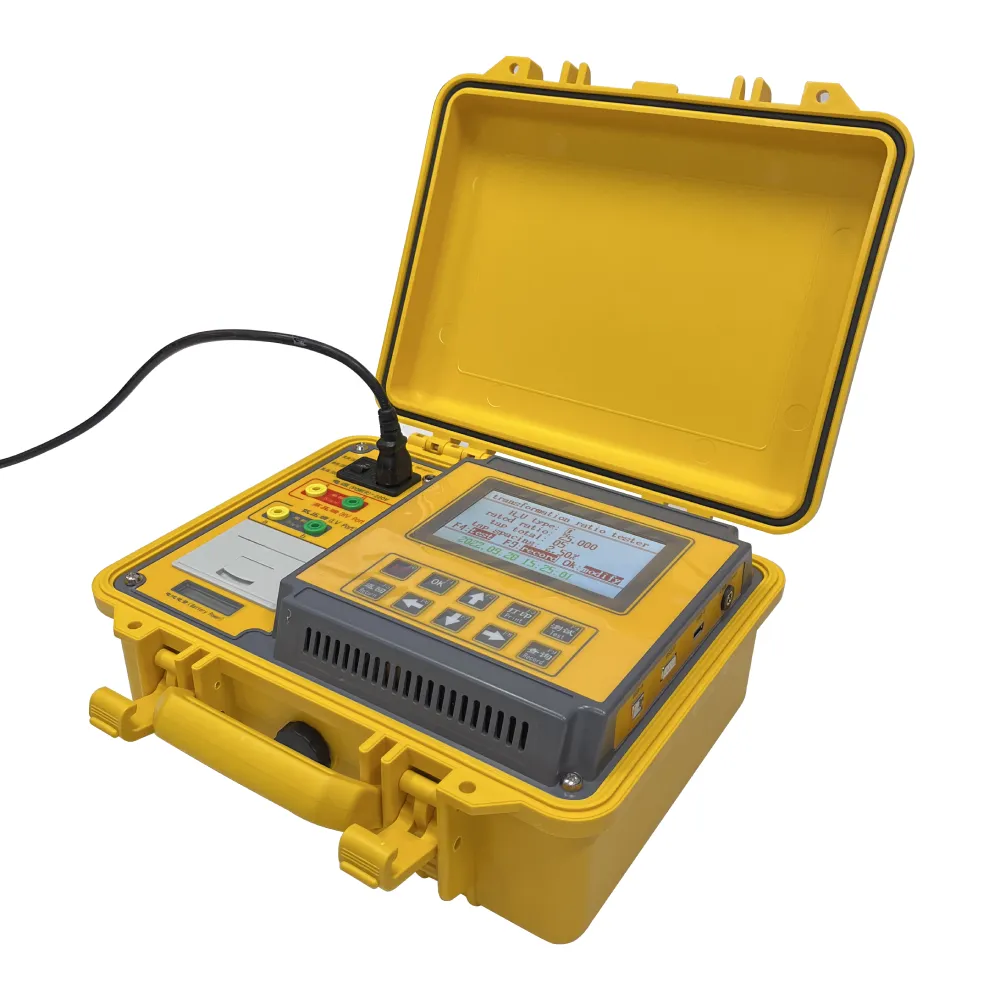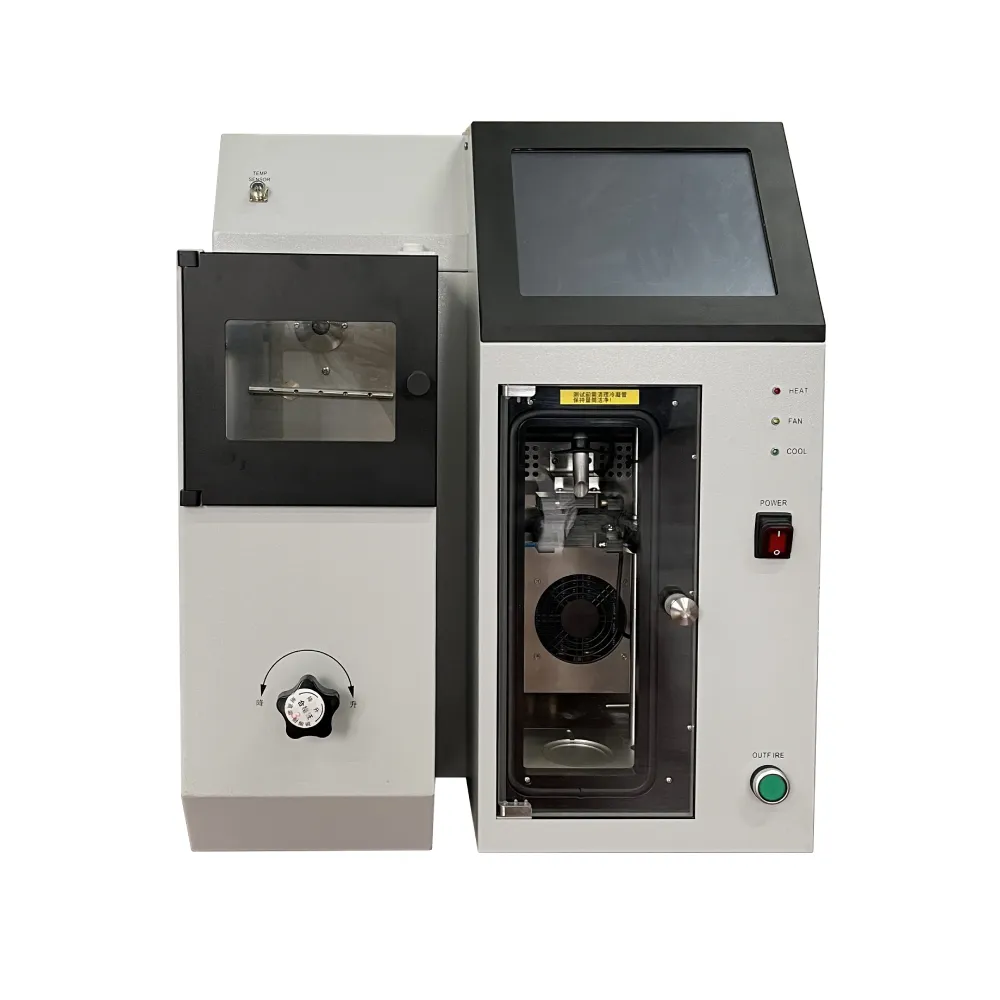TEL:
+86-0312-3189593
 English
English

Telephone:0312-3189593

Email:sales@oil-tester.com

-
 Afrikaans
Afrikaans -
 Albanian
Albanian -
 Amharic
Amharic -
 Arabic
Arabic -
 Armenian
Armenian -
 Azerbaijani
Azerbaijani -
 Basque
Basque -
 Belarusian
Belarusian -
 Bengali
Bengali -
 Bosnian
Bosnian -
 Bulgarian
Bulgarian -
 Catalan
Catalan -
 Cebuano
Cebuano -
 China
China -
 China (Taiwan)
China (Taiwan) -
 Corsican
Corsican -
 Croatian
Croatian -
 Czech
Czech -
 Danish
Danish -
 Dutch
Dutch -
 English
English -
 Esperanto
Esperanto -
 Estonian
Estonian -
 Finnish
Finnish -
 French
French -
 Frisian
Frisian -
 Galician
Galician -
 Georgian
Georgian -
 German
German -
 Greek
Greek -
 Gujarati
Gujarati -
 Haitian Creole
Haitian Creole -
 hausa
hausa -
 hawaiian
hawaiian -
 Hebrew
Hebrew -
 Hindi
Hindi -
 Miao
Miao -
 Hungarian
Hungarian -
 Icelandic
Icelandic -
 igbo
igbo -
 Indonesian
Indonesian -
 irish
irish -
 Italian
Italian -
 Japanese
Japanese -
 Javanese
Javanese -
 Kannada
Kannada -
 kazakh
kazakh -
 Khmer
Khmer -
 Rwandese
Rwandese -
 Korean
Korean -
 Kurdish
Kurdish -
 Kyrgyz
Kyrgyz -
 Lao
Lao -
 Latin
Latin -
 Latvian
Latvian -
 Lithuanian
Lithuanian -
 Luxembourgish
Luxembourgish -
 Macedonian
Macedonian -
 Malgashi
Malgashi -
 Malay
Malay -
 Malayalam
Malayalam -
 Maltese
Maltese -
 Maori
Maori -
 Marathi
Marathi -
 Mongolian
Mongolian -
 Myanmar
Myanmar -
 Nepali
Nepali -
 Norwegian
Norwegian -
 Norwegian
Norwegian -
 Occitan
Occitan -
 Pashto
Pashto -
 Persian
Persian -
 Polish
Polish -
 Portuguese
Portuguese -
 Punjabi
Punjabi -
 Romanian
Romanian -
 Russian
Russian -
 Samoan
Samoan -
 Scottish Gaelic
Scottish Gaelic -
 Serbian
Serbian -
 Sesotho
Sesotho -
 Shona
Shona -
 Sindhi
Sindhi -
 Sinhala
Sinhala -
 Slovak
Slovak -
 Slovenian
Slovenian -
 Somali
Somali -
 Spanish
Spanish -
 Sundanese
Sundanese -
 Swahili
Swahili -
 Swedish
Swedish -
 Tagalog
Tagalog -
 Tajik
Tajik -
 Tamil
Tamil -
 Tatar
Tatar -
 Telugu
Telugu -
 Thai
Thai -
 Turkish
Turkish -
 Turkmen
Turkmen -
 Ukrainian
Ukrainian -
 Urdu
Urdu -
 Uighur
Uighur -
 Uzbek
Uzbek -
 Vietnamese
Vietnamese -
 Welsh
Welsh -
 Bantu
Bantu -
 Yiddish
Yiddish -
 Yoruba
Yoruba -
 Zulu
Zulu
лют . 16, 2025 09:14
Back to list
capacitance and tan delta test of transformer
Understanding transformer tan delta testing is crucial for maintaining the integrity and reliability of electrical systems. Tan delta, also known as dissipation factor or loss angle, is an integral part of transformer diagnostics. It measures the inefficiencies related to insulation deterioration and can forewarn potential failures. Equipments such as large power transformers, critical to energy distribution, require regular testing to ensure optimal performance.
Several practical experiences underscore the value of tan delta testing. In facilities where high voltage transformers are pivotal, routine testing has prevented numerous potential failures. One key instance occurred at a power plant where tan delta testing revealed insulation degradation in its early stages. The timely intervention mitigated what could have led to a substantial outage, demonstrating the cost and time efficiencies of preemptive testing. Moreover, compared to other forms of diagnostic approaches, tan delta testing offers unique advantages. It is non-destructive, rendering it suitable for periodic maintenance schedules. When undertaken effectively, it gives a comprehensive picture of the insulation status without requiring the transformer to be taken offline for an extended period. Tan delta testing’s effectiveness is predicated on the ability of experts to judiciously interpret results within the context of the broader framework of transformer diagnostics. Expert interpretation considers the history and operational environment of the transformer, adopting a holistic approach that provides actionable insights. Addressing trustworthiness, transparency in the testing process cultivates confidence among stakeholders. Documenting procedures and results, maintaining a clear chain of custody for data, and engaging with certified professionals enhance trust. Comprehensive reports that clearly explain test outcomes and recommendations further ensure stakeholders understand the implications and necessary actions. In conclusion, tan delta testing for transformers is a critical process that combines expertise, state-of-the-art equipment, and cutting-edge technology to ensure the longevity and efficiency of electrical systems. By adhering to established standards and engaging experienced professionals, organizations safeguard their infrastructure against unexpected failures, promoting stability and reliability in their electrical distribution networks.


Several practical experiences underscore the value of tan delta testing. In facilities where high voltage transformers are pivotal, routine testing has prevented numerous potential failures. One key instance occurred at a power plant where tan delta testing revealed insulation degradation in its early stages. The timely intervention mitigated what could have led to a substantial outage, demonstrating the cost and time efficiencies of preemptive testing. Moreover, compared to other forms of diagnostic approaches, tan delta testing offers unique advantages. It is non-destructive, rendering it suitable for periodic maintenance schedules. When undertaken effectively, it gives a comprehensive picture of the insulation status without requiring the transformer to be taken offline for an extended period. Tan delta testing’s effectiveness is predicated on the ability of experts to judiciously interpret results within the context of the broader framework of transformer diagnostics. Expert interpretation considers the history and operational environment of the transformer, adopting a holistic approach that provides actionable insights. Addressing trustworthiness, transparency in the testing process cultivates confidence among stakeholders. Documenting procedures and results, maintaining a clear chain of custody for data, and engaging with certified professionals enhance trust. Comprehensive reports that clearly explain test outcomes and recommendations further ensure stakeholders understand the implications and necessary actions. In conclusion, tan delta testing for transformers is a critical process that combines expertise, state-of-the-art equipment, and cutting-edge technology to ensure the longevity and efficiency of electrical systems. By adhering to established standards and engaging experienced professionals, organizations safeguard their infrastructure against unexpected failures, promoting stability and reliability in their electrical distribution networks.
Latest news
-
Testing Equipment Industry Sees Major Advancements in 2025: Smart & Precision Technologies Lead the WayNewsJun.06,2025
-
Applications of Direct Current Generators in Renewable Energy SystemsNewsJun.05,2025
-
Hipot Tester Calibration and Accuracy GuidelinesNewsJun.05,2025
-
Digital Circuit Breaker Analyzer Features and BenefitsNewsJun.05,2025
-
Benefits of Real-Time Power Quality Monitoring Devices for Industrial EfficiencyNewsJun.05,2025
-
Earth Fault Loop Testing in High-Rise Building Electrical SystemsNewsJun.05,2025



